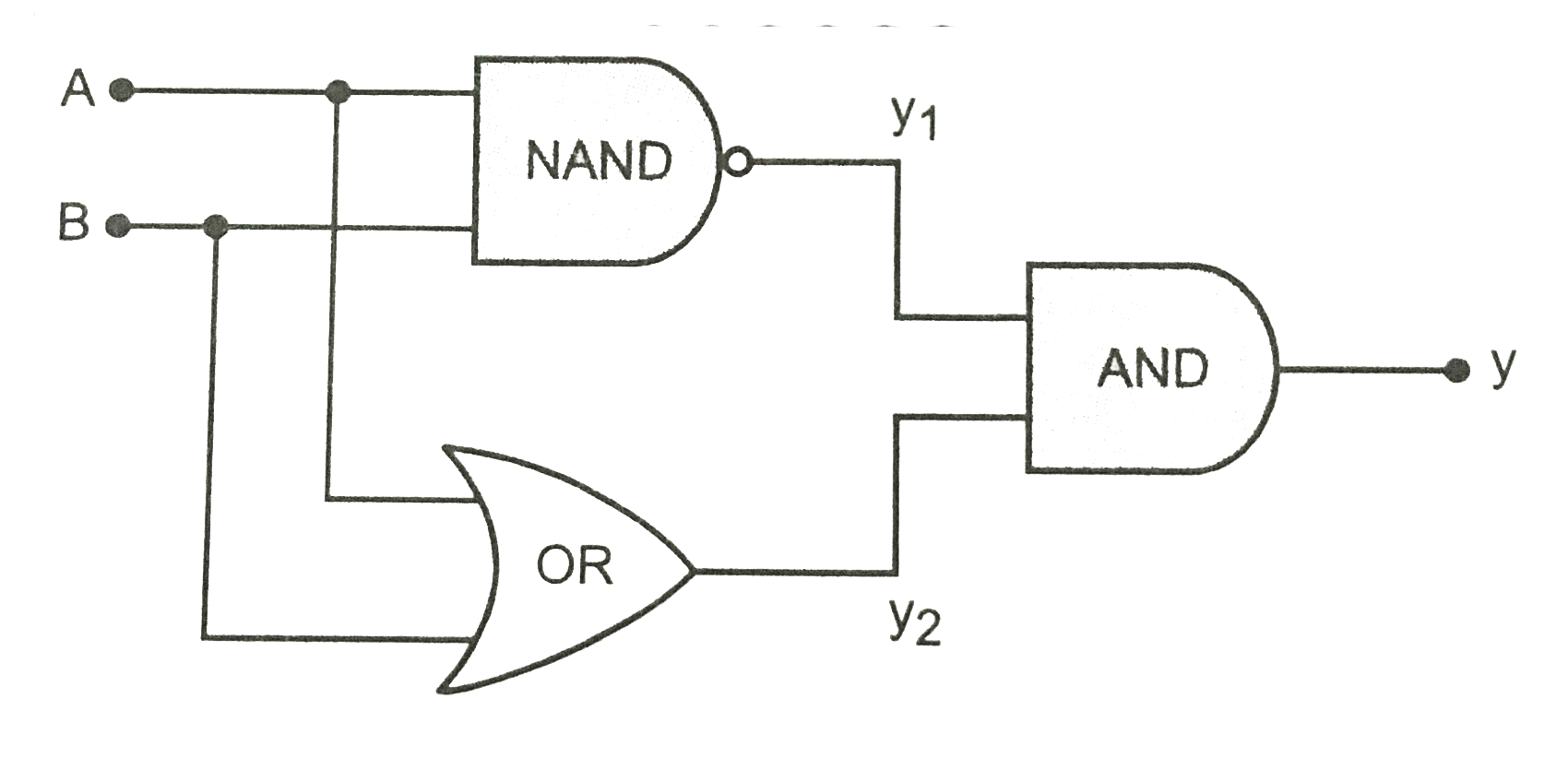In a human pyramid in a circus, the entire weight of the balanced group is supported by the legs of a performer who is lying on his back (as shown in Fig. 9.5). The combined mass of all the persons performing the act, and the table, plaques etc. involved is 280 kg. The mass of the performer lying on his back at the bottom of the pyramid is 60 kg. Each thighbone (femur) of this performer has a length of 50 cm and an effective radius of 2.0 cm. Determine the amount by ehich each thighbone gets compressed under the extra load.

Total mass of all performers, tables plaques etc. = 280 kg
Mass of the performer = 60 kg
Mass supported by the legs of the performer at the bottom of the pyramid
kg
Weight of this supported mass
.
Weight supported by each thighbone of th performer .
From Table 9.1, the Young.s modulus for bone is given by
.
Length of each thighbone m
the radius of thighbone
Thus the cross - sectional area of the thighbone
.
Using Eq. (9.8), the compression in each thighbone can be computed as
.
This is very small change! The fractional decrease in the thighbone is or
Topper's Solved these Questions
- BOOK - NCERT TELUGUCHAPTER - MECHANICAL PROPERTIES OF SOLIDS EXERCISE - Exercises21videos
MECHANICAL PROPERTIES OF SOLIDS
- BOOK - NCERT TELUGUCHAPTER - MECHANICAL PROPERTIES OF FLUIDS EXERCISE - EXERCISE45videos
MECHANICAL PROPERTIES OF FLUIDS
- BOOK - NCERT TELUGUCHAPTER - MOTION IN A PLANEEXERCISE - EXCERCISES30videos
MOTION IN A PLANE
Similar Questions
In a human pyramid in a circus, the entire weight of the balanced group is supported by the legs of a performer who is lying on his back (as shown in Fig. 9.5). The combined mass of all the persons performing the act, and the tables, plaques etc. involved is 280 kg and of each person is 60 kg. Each thighbone (femur) of this performer has a length of 50 cm and an effective radius of 2.0 cm. Determine the amount by which each thighbone gets compressed under the extra load.
 View Solution
View SolutionIn a human pyramid in a circus, the entire weight of the balanced group is supported by the legs of a performero who is lying on his back (as shown in Fig. 9.5). The combined mass of all the persons performing the act, and the tables, plaques etc. involved is 60 kg. Each thighbone (femur) of this performer has a length of 50 cm and an effective radius of 2.0 cm. Determine the amount by which each thighbone gets compressed under the extra load.
 View Solution
View Solution
Knowledge Check
- Question 1 - Select One
A man has mass 70 kg and the mass of his wife is 50 kg. The ratio of the inertia of the man to the inertia of his wife is
A5:7B1:2C7:5D1:3 - Question 2 - Select One
The performance of a sales person depends on _____.
AAbility and willingness of the sales personBIncentives paidCSize of the sales teamDTeam leader's attitude
A father has mass 60 kg and the mass of his on is 30 kg . What is the ratio of inertia of the father to the inertia of his son ?
View SolutionHis performance is fairly unsatisfactory.
View SolutionHis performance is rather satisfactory.
View Solution(a) a person weighs 60 kg on earth. Will his weight increase as he moves to the top of a hill ?
(b) will the weight of person increase at the bottom of a mine ?View Solution
A circus performer of mass M is walking along a wire as shown in the figure given above. The tension T in the wire is (g = acceleration due to gravity)View SolutionWrite the truth table for the circuit shown in Fig. Name the gate of which this circuit is performing.
 View Solution
View Solution

